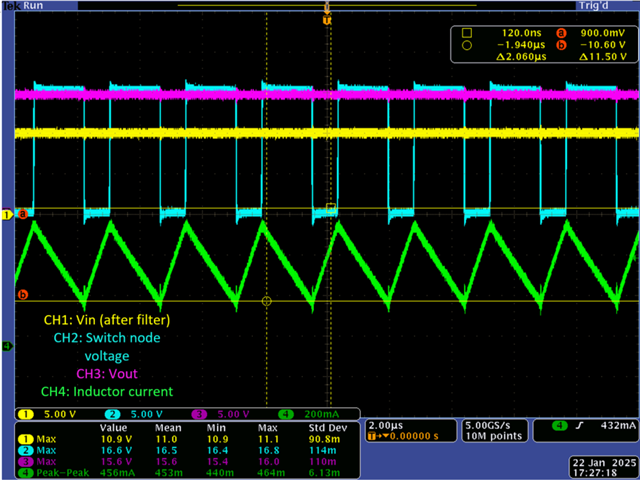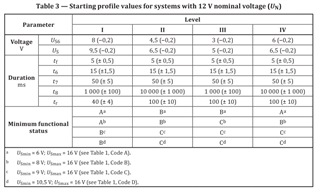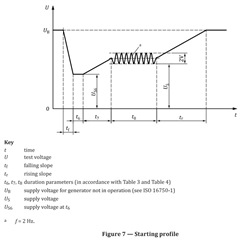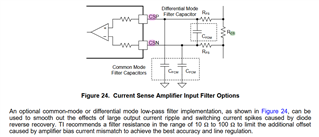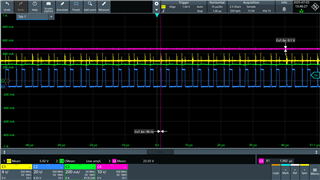Tool/software:
Hi team,
Could you please share your suggestions for the following question? Thanks!
Key parameters: RCS=1.8Ω | | 1.5Ω=0.82Ω,V_IADJ=5V.
Therefore, the theoretical value of Iout is: Iout=V_IADJ_Clamp/Gain/Rcs=2.4V/14/0.82Ω=209mA.
Test 1: IOUT=366mA, VIMON=2.29V when Vin=5.2V, near UV, this triggers the overcurrent protection of the IS pin.
Based on the test results, reverse GAIN by the formula, Gain=V_IADJ_Calmp/(Iout*Rcs)=2.29V/(366mA*0.82Ω)=7.63<<14.
Test 2: When Vin=13.5V, Iout=200mA or so, Gain ≈ 14 is displayed and normal is restored.
Please help analyze why the Gain of CSP-CSN is getting lower before UV. Thanks!
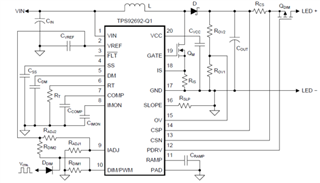
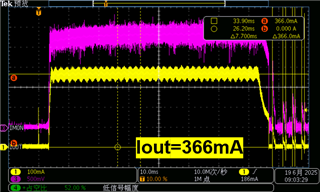
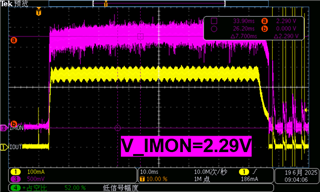
Regards,
Ivy


